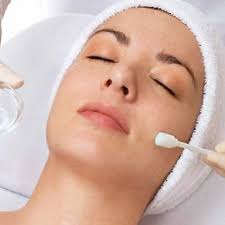Glycolic acid peels in riyadh can be effective for treating acne scars, as glycolic acid is a type of alpha hydroxy acid (AHA) that exfoliates the skin, encourages cell turnover, and helps to improve the appearance of acne scars over time. However, it's important to note that while glycolic acid peels can be beneficial, they may not completely eliminate deep or severe acne scars.
Here's how glycolic acid peels work for acne scars:
- Exfoliation: Glycolic acid works by exfoliating the top layer of the skin, which helps to remove dead skin cells and promote the growth of new, healthier skin cells. This can help to improve the texture and tone of the skin, reducing the appearance of acne scars.
- Stimulation of Collagen Production: Glycolic acid also stimulates the production of collagen and elastin in the skin. Collagen is a protein that helps to keep the skin firm and smooth, while elastin helps the skin maintain its elasticity. By increasing collagen production, glycolic acid can help to plump up depressed acne scars, making them less noticeable.
- Improvement of Hyperpigmentation: Glycolic acid can also help to fade hyperpigmentation caused by acne scars. It works by inhibiting the production of melanin in the skin, which can help to lighten dark spots and make them less visible.
Before undergoing a glycolic acid peel for acne scars, it's important to consult with a dermatologist or skincare professional to determine the most appropriate treatment plan for your skin type and the severity of your acne scars. They can also advise you on how to properly prepare for the peel and how to care for your skin afterward to minimize the risk of irritation or other side effects. Additionally, it may take several treatments spaced out over several weeks or months to see significant improvement in acne scars with glycolic acid peels.
